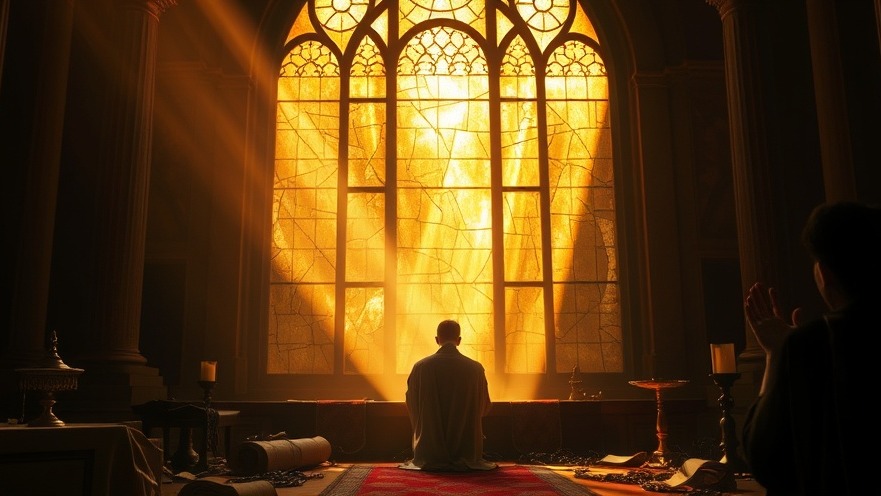
The Journey of Healing: Embracing Life After Trauma
In Life After Trauma Part 2, Patricia King and Rochelle Lang engage in a riveting exploration of the profound transformation that can emerge in the wake of traumatic experiences. For the spirit-filled Christian community, the dialogue offers both resonance and challenge, presenting a roadmap to healing rooted in faith and spiritual tenacity. The insights shared in this video are not just about overcoming past pain; they are a call to arms for believers to reclaim their destinies and awaken to the greater purposes God has ordained.
In Life After Trauma Part 2, the discussion dives into healing after trauma, exploring key insights that sparked deeper analysis on our end.
Understanding Trauma Through a Faith Lens
Trauma, when seen through the lens of faith, can become a catalyst for divine intervention and personal breakthrough. Many in the charismatic community experience moments of deep anguish, and the conversations between King and Lang highlight the importance of recognizing these struggles as part of a larger narrative. By acknowledging trauma, individuals can align themselves with God’s truth, which ultimately facilitates restoration and renewal.
Counterarguments: The Challenge of Denial
Yet, as King and Lang passionately convey, denying the reality of trauma does not serve the believer. Instead, it leads to spiritual stagnation and a misunderstanding of God’s mercy and grace. For some, affirmations of faith without the acknowledgment of pain create a false dichotomy, where healing becomes an elusive goal. Engaging with these counterarguments is essential; true faith integrates our struggles and victories, allowing us to walk authentically in our journey towards healing.
Actionable Insights for the Faith Community
What does it mean to truly walk in healing after trauma? King and Lang provide actionable insights for the spirit-filled community that are both practical and biblical. Their advice encourages developing a deeper prayer life, seeking out supportive faith communities, and embracing the prophetic gifts that help illuminate the path toward healing and restoration.
The Role of Intercession in Healing
Another pivotal point made during this conversation revolves around the power of intercession. For Christians who identify as intercessors or watchmen, understanding the spiritual warfare aspect of healing is crucial. The battles fought in the spiritual realm often mirror the tangible struggles faced by individuals. As King emphasizes, intercessors can plead the case of those who suffer, activating God’s promises manifest in scripture for restoration and breakthrough.
Envisioning a Faith That Thrives Beyond Trauma
Ultimately, the dialogue in Life After Trauma Part 2 invites the spirit-filled community to envision a faith that thrives in the aftermath of brokenness. Patricia King’s powerful teaching underscores that God does not waste our wounds. Instead, they become testimonies of His faithfulness, contributing to a broader narrative of revival and reformation within the church. Understanding how to navigate trauma allows believers to not only heal personally but also lead others to transformation through their testimony.
In conclusion, those engrossed in this journey of healing must remember that life after trauma is not merely about survival; it’s about thriving. The insights provided by King and Lang serve not just as a map for individual healing but as encouragement for the entire faith community to rise, reclaim their identity, and step into the fullness of God’s calling.
 Add Row
Add Row  Add
Add 




Write A Comment